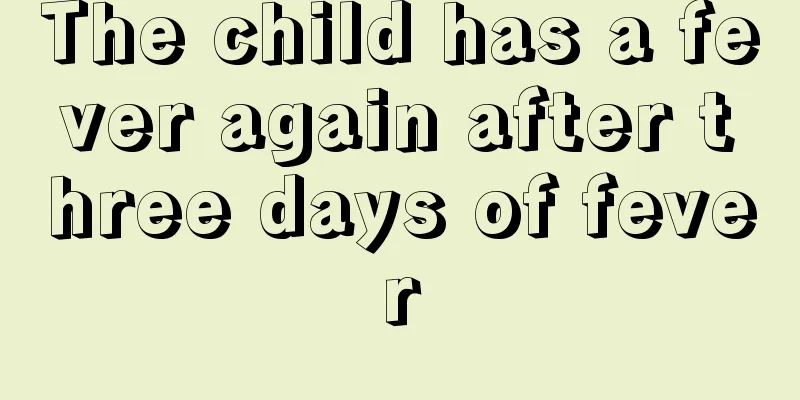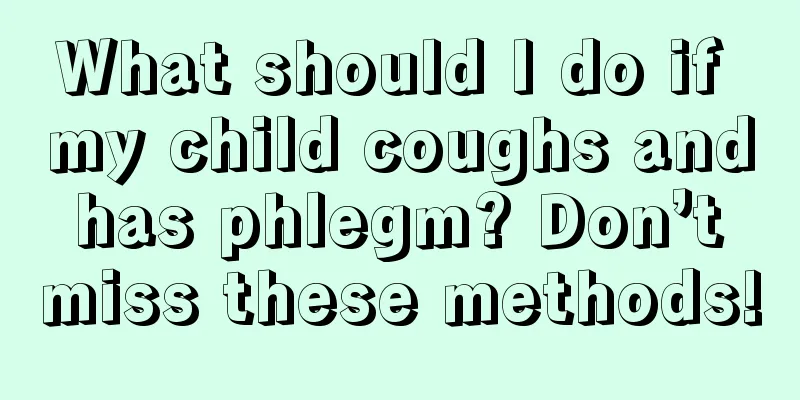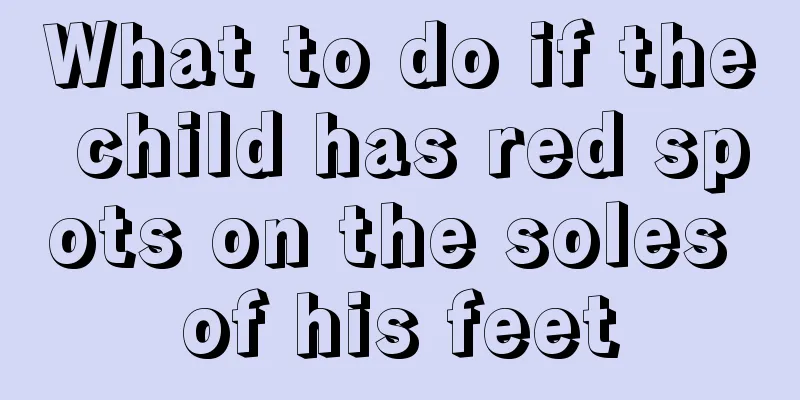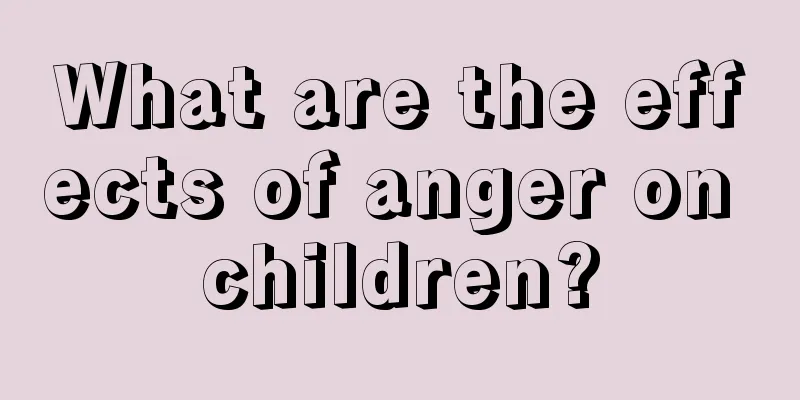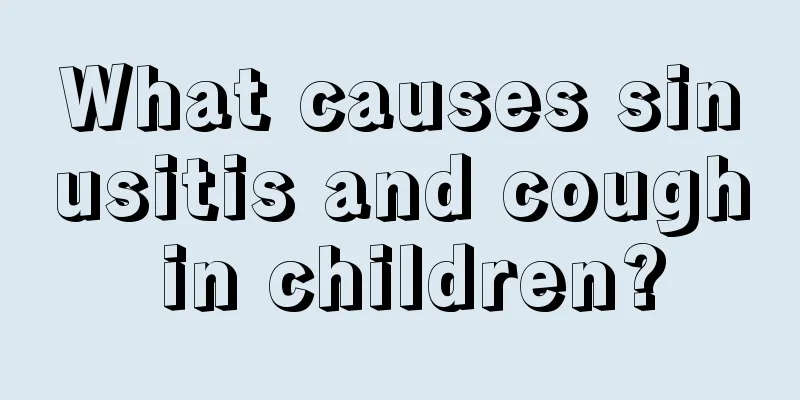What are the most common serious diseases among children?
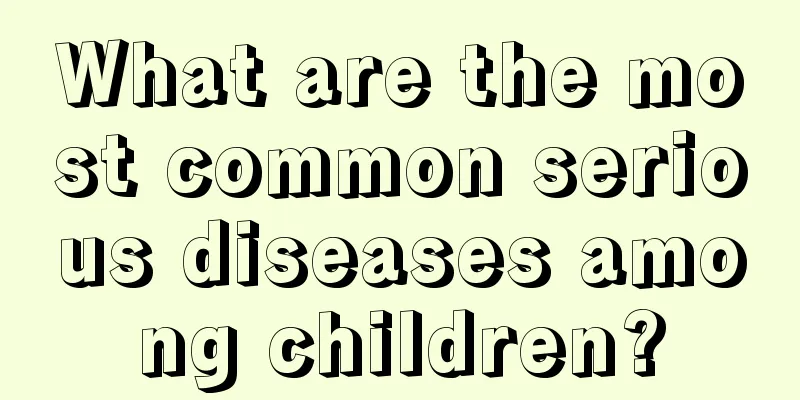
|
Children are the hope of a nation, but once they find out that their baby is sick, many parents will feel unbearable pain. Learn about the common diseases among children in advance so that you can better prevent them in the future. Nowadays, young children receive a lot of vaccines to prevent certain diseases, and some people buy insurance for their children just in case. When children are young, they should be taken care of, eat some healthy diet and avoid junk products. Ordinary people do not have enough medical knowledge about diseases, nor do they know the probability of each disease occurring, let alone which diseases are most common among children. In fact, there is no unified standard in the insurance industry, so based on relevant data and statistical analysis, Xiaoxin sorted out the following 16 diseases that are more common among children: Malignant tumors (leukemia, etc.) Severe brain damage Severe muscular dystrophy Myasthenia gravis Severe primary cardiomyopathy Severe myocarditis Osteogenesis imperfecta type III Hemolytic uremic syndrome Severe Kawasaki disease Severe Reye's syndrome Severe hand, foot and mouth disease Insulin-dependent diabetes mellitus Hemorrhagic dengue fever Severe epilepsy Intellectual disability due to illness or accident Severe juvenile rheumatoid arthritis Due to the lack of a unified standard, each insurance company’s pediatric critical illness product claims to cover common childhood diseases, but the types of diseases covered by each product are different. This chaos further confuses parents. For insurance companies to launch critical illness insurance for children, especially for specific high-incidence critical illnesses among children, it is an understandable business strategy, whether for marketing purposes or to differentiate from other products. However, parents should not make a muddled account. Especially in the column of insured children's critical illnesses, you must check carefully whether there are critical illnesses for other age groups added to the children's specific critical illnesses? In the review of children's critical illness products, Xiaoxin specifically analyzed children's specific critical illness products. Some products will classify the common critical illnesses of middle-aged and elderly people as children's specific critical illnesses, such as: Severe Alzheimer's disease: more common in people over 70 years old (average 73 years old for men and 75 years old for women). The main symptoms are decreased cognitive function, mental symptoms and behavioral disorders, and a gradual decline in daily living ability. Severe chronic constrictive pericarditis: People of any age may develop the disease, but it is more common in people aged 30 to 50, with no gender difference. Necrotizing fasciitis: Risk factors include: age > 50 years, diabetes, cirrhosis, obesity, peripheral vascular disease, smoking, alcoholism, malnutrition, HIV infection, neutropenia, etc. People with chickenpox, drug abuse, immune deficiency, tumors, and chronic diseases are more likely to develop NF. Multiple sclerosis: Age and gender: The onset age is mostly between 20 and 40 years old. Patients under 10 years old and over 50 years old are rare. The male to female ratio is about 1:2. These are the major diseases of middle-aged and elderly people found in the children's serious illness clauses. These are diseases that are generally not found in children or when they are under 18 years old. Are they included in the children's serious illnesses just to make up the numbers or to deceive consumers? Are we disheartened when we see these? In fact, when looking for these products for children's serious illnesses, many children's specific serious illness products mentioned one disease: severe poliomyelitis! Most polio patients are children aged 1 to 6 years old. The main symptoms are fever, general discomfort, limb pain in severe cases, and irregularly distributed flaccid paralysis of varying severity, commonly known as childhood polio. However, after the promotion of oral attenuated live polio vaccine, China was confirmed as a polio-free country by the World Health Organization in 2000. Another new inactivated polio vaccine product independently developed by Chinese companies is expected to be launched in October this year, which is expected to make up for the current shortage of IPV vaccines at the grassroots level. Therefore, it makes little sense to have critical illness insurance for this disease or not. To sum up, not all children's specific diseases are worth purchasing, and it depends on the specific disease coverage of the product. When parents choose children's critical illness insurance for their children, they should carefully read and understand the types of diseases, or they can ask Xiaoxin. If it really doesn't work, consult a doctor with the type of disease or do a related search on the corresponding disease to ensure that the specific serious childhood disease you bought is really one that is highly prevalent among children. Reminder: Although there are some products in the current insurance market that do not cover critical illness insurance for specific children's diseases, children can also purchase them. In fact, although there is no specific disease type, it is still qualified as a basic protection for children. It is recommended that parents ask more questions and learn more before purchasing. |
<<: How to prevent teenagers from taking drugs
>>: What should I do if my child always feels itchy?
Recommend
What is the cause of protein 2 in children's urine
When a child has this condition, parents must go ...
What is the problem of white spots on children's nails?
When parents are taking care of their children, t...
How tall is a 17 month old baby?
We all know that the baby's body is in a peri...
What are the symptoms of gastroesophageal reflux in children?
Esophageal reflux disease is uncommon in children...
The reason why newborns have black birthmarks on their faces
We found that many newborns have black birthmarks...
Can babies drink red bean porridge?
Red bean porridge is a very nutritious food. Many...
What is the reason for many small red spots on the baby's face?
Because babies' skin is relatively tender and...
My child has been snoring recently.
Snoring is a symptom that is neither big nor smal...
What is the cause of anemia in newborns?
Neonatal anemia is a relatively common symptom in...
What are the causes of intestinal lymphadenopathy in children?
Intestinal lymphadenopathy in children is a relat...
What medicine should a three-year-old baby take for fever
Whether adults or children, if the fever is too h...
Symptoms of fishbone stuck in one-year-old baby
In life, when we feed fish to babies, even if par...
Why do newborn babies shed their skin?
Some newborn babies have physical problems, so th...
Why do children have difficulty falling asleep?
Children often have difficulty falling asleep. In...
Symptoms of mild formaldehyde poisoning in infants
In modern times, many people get married with pre...

